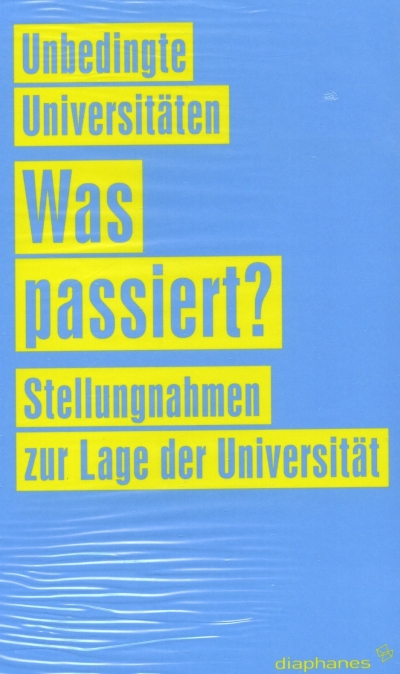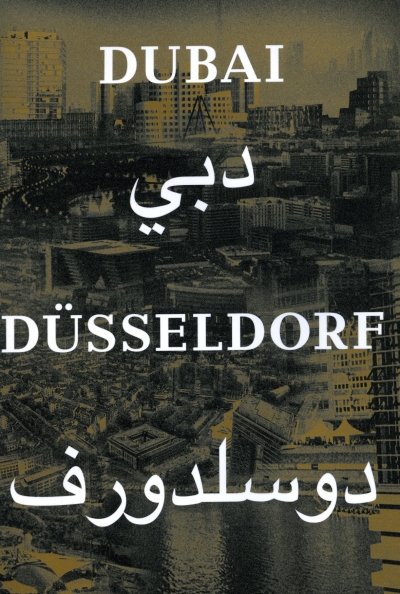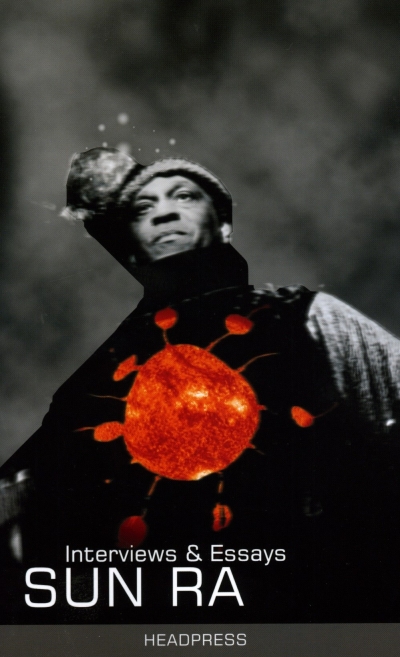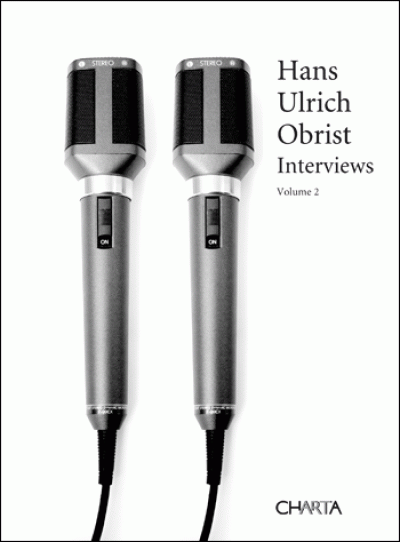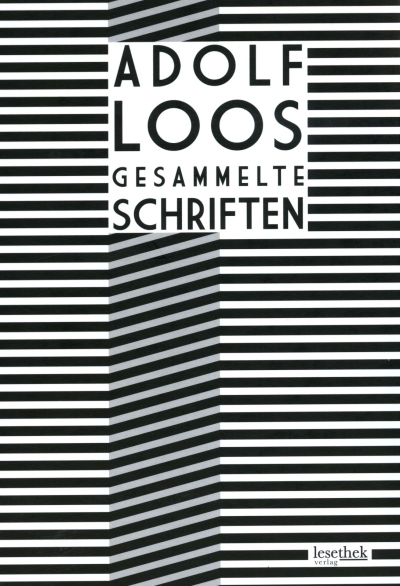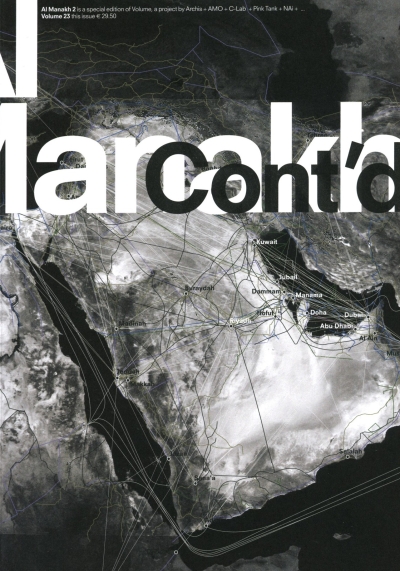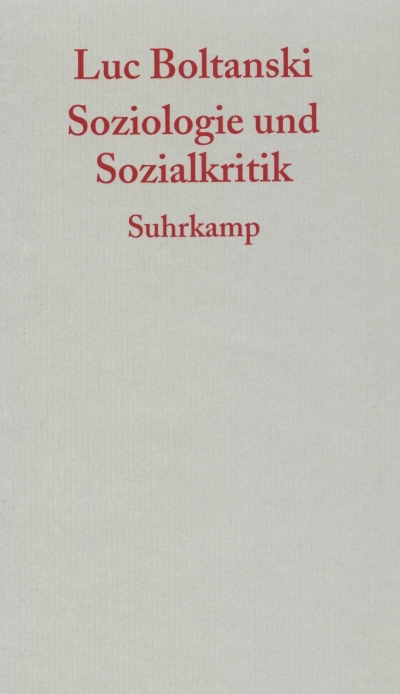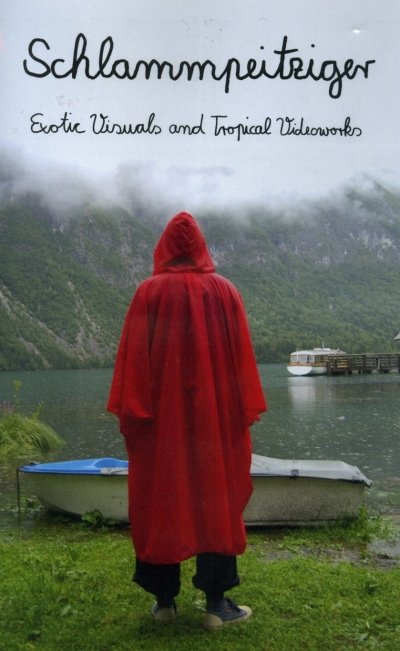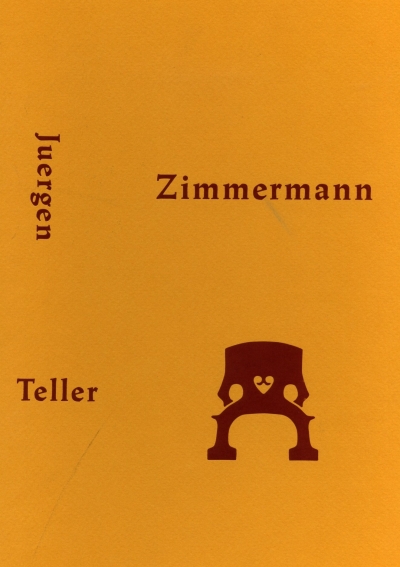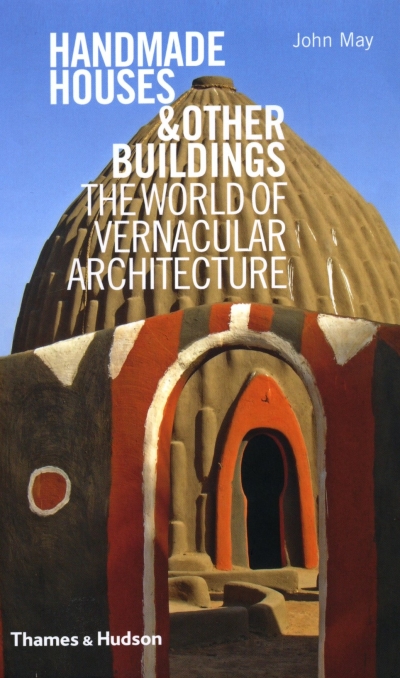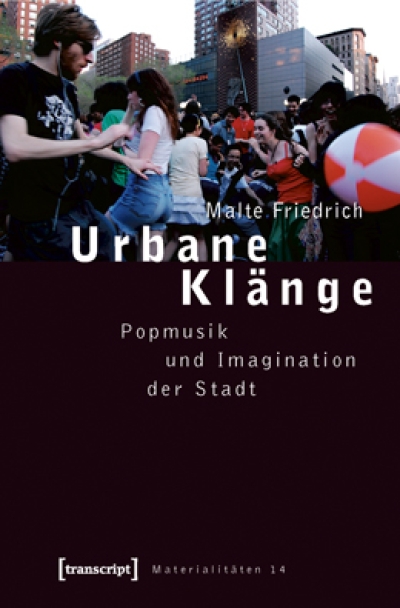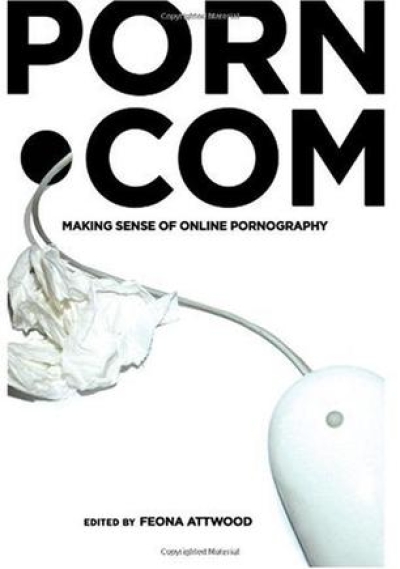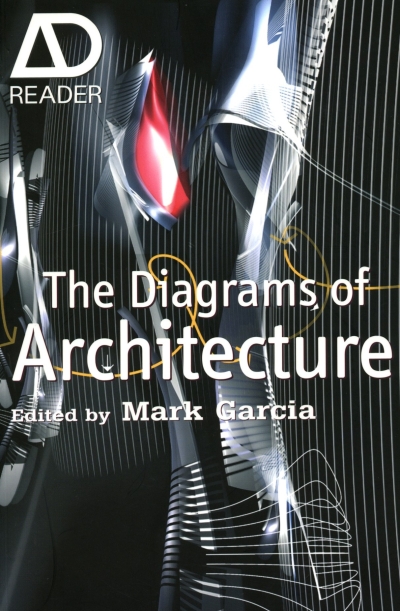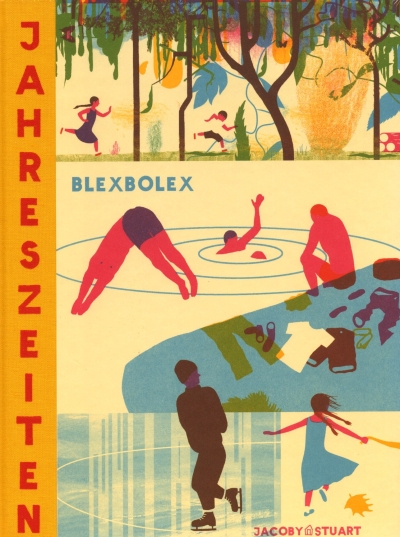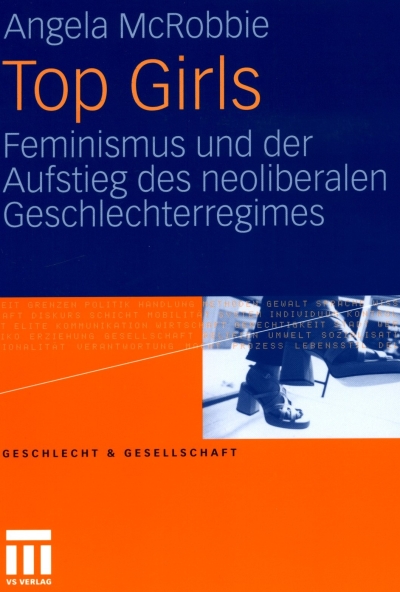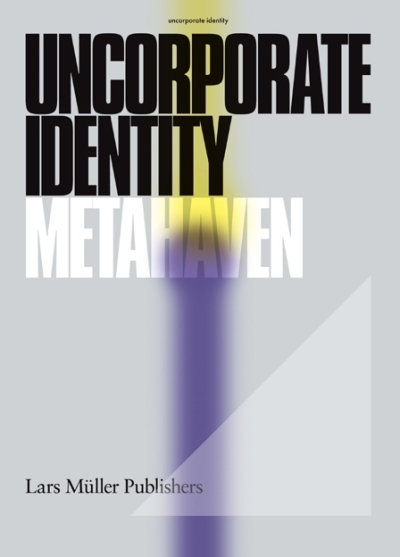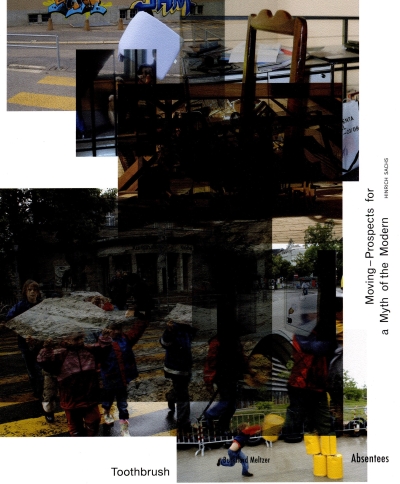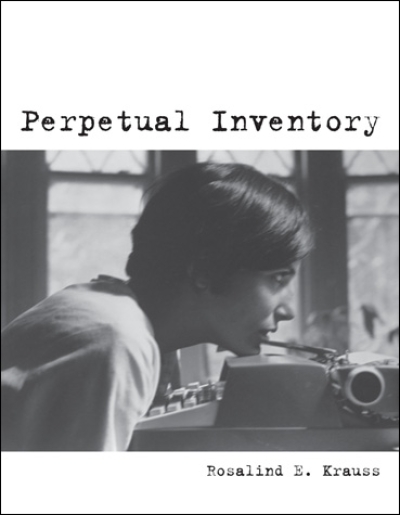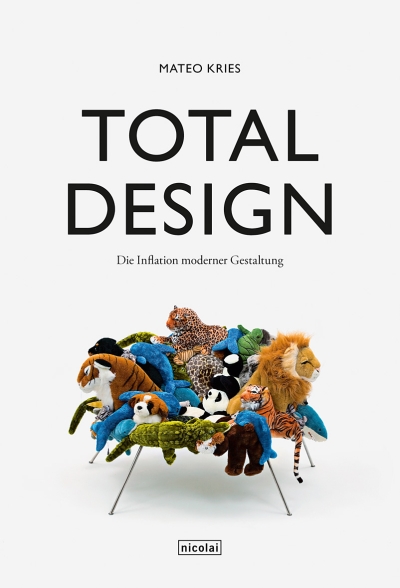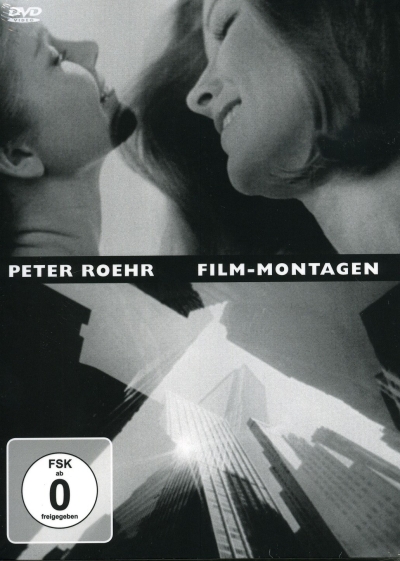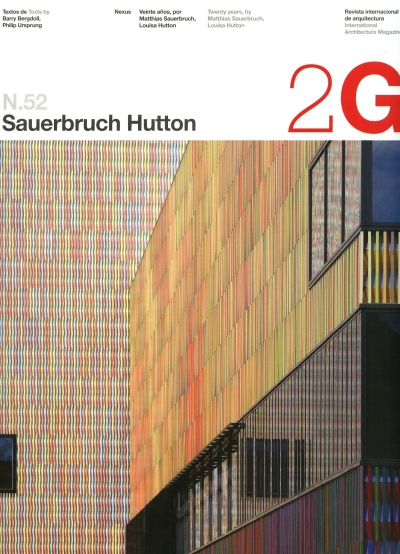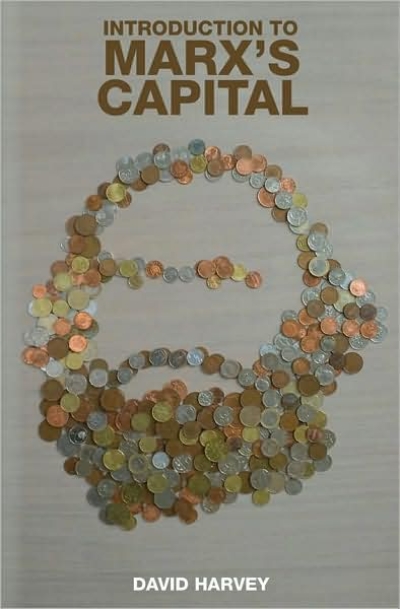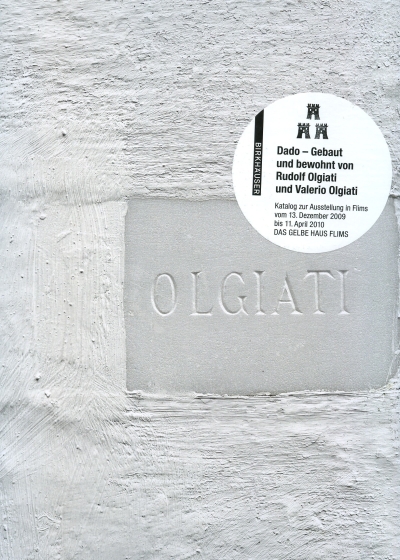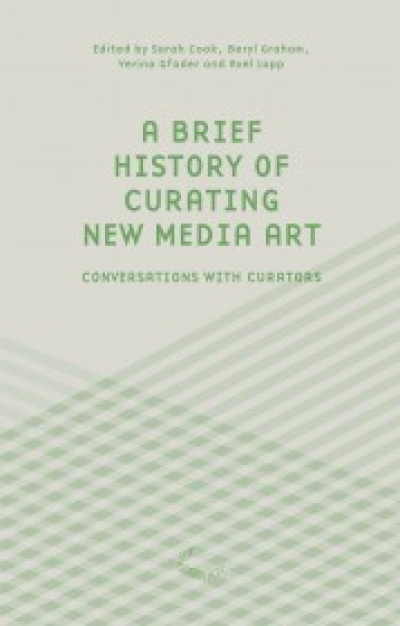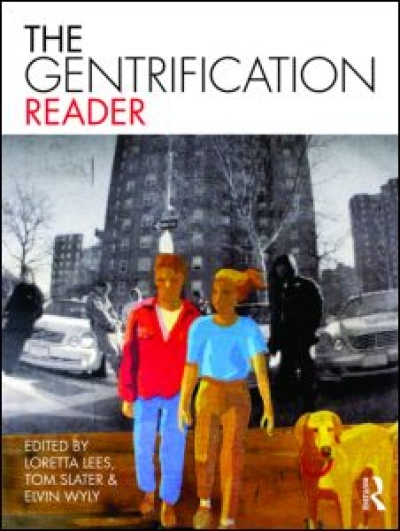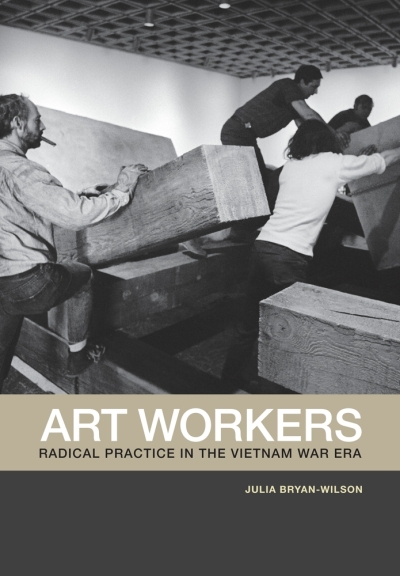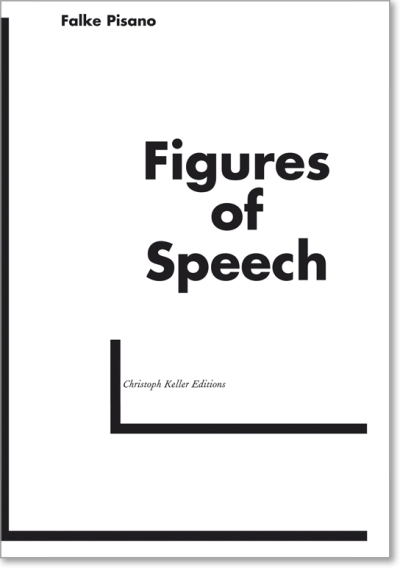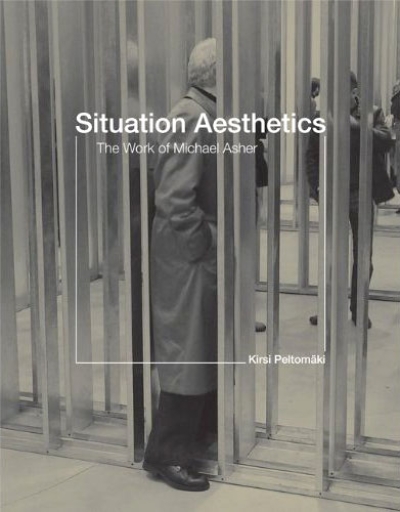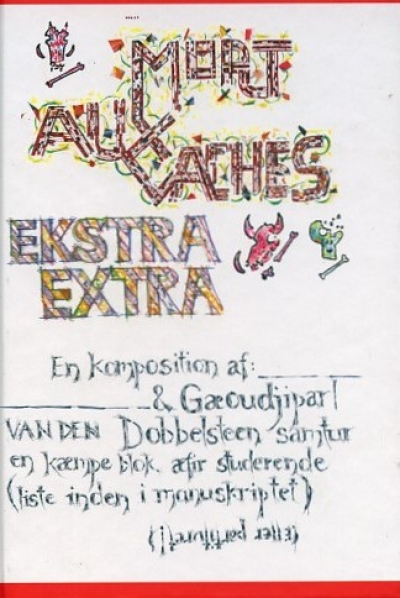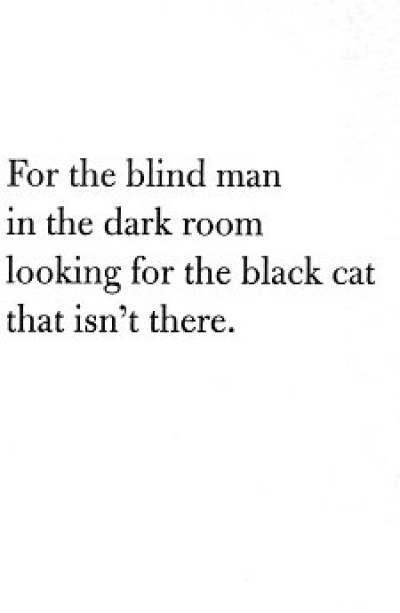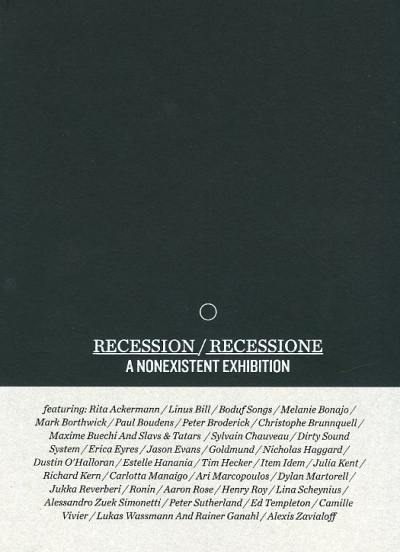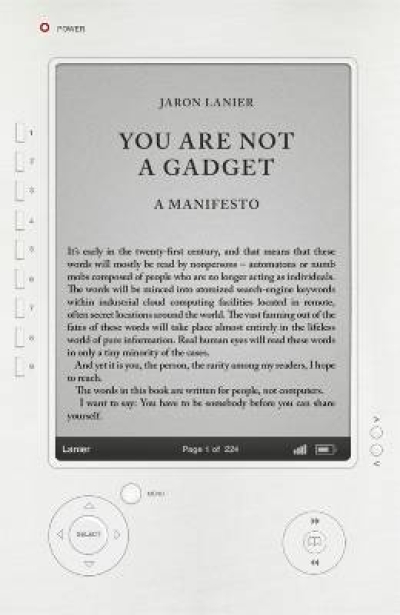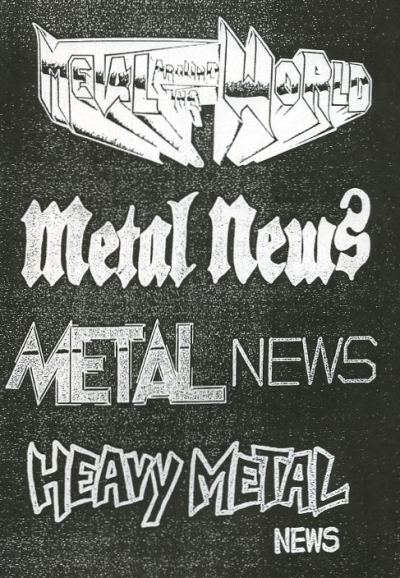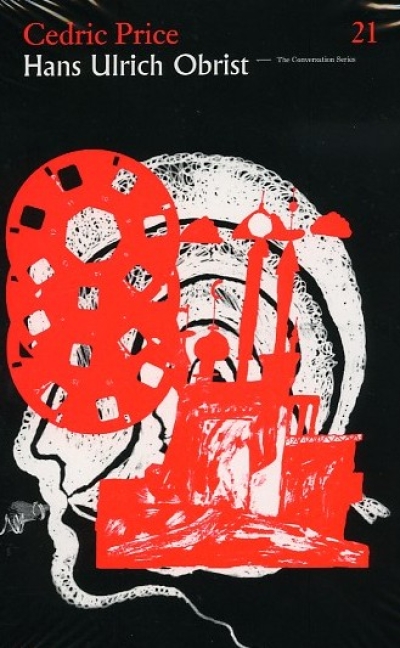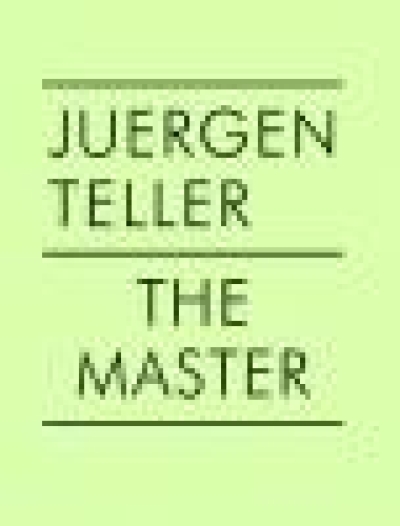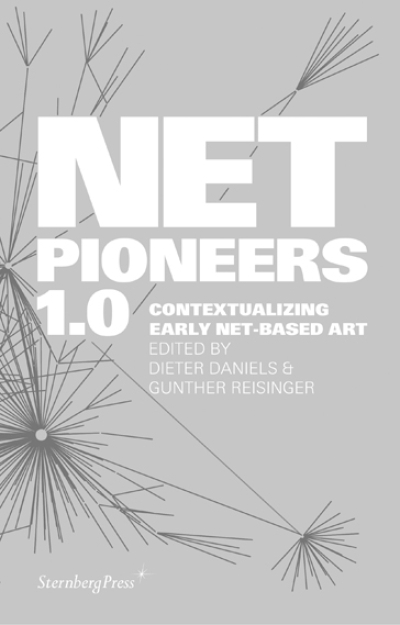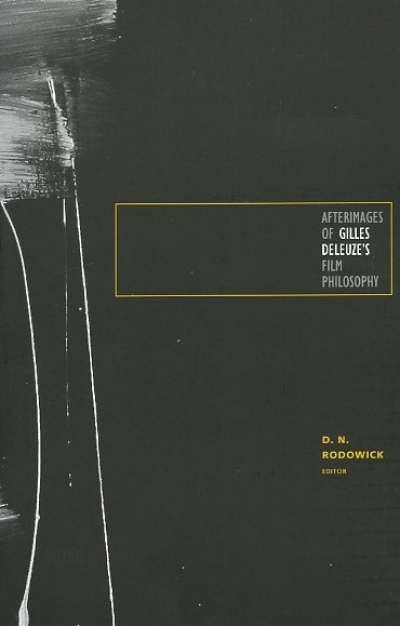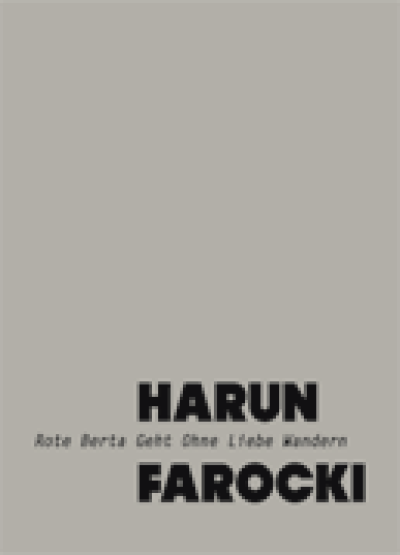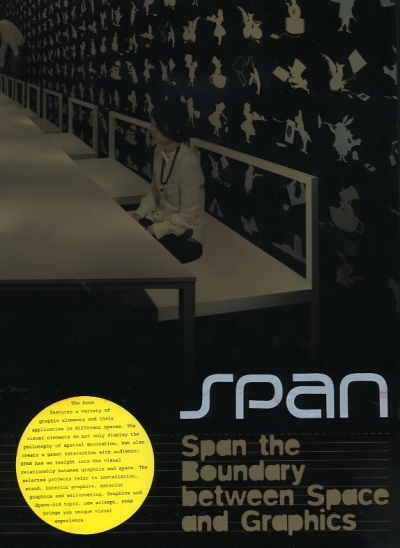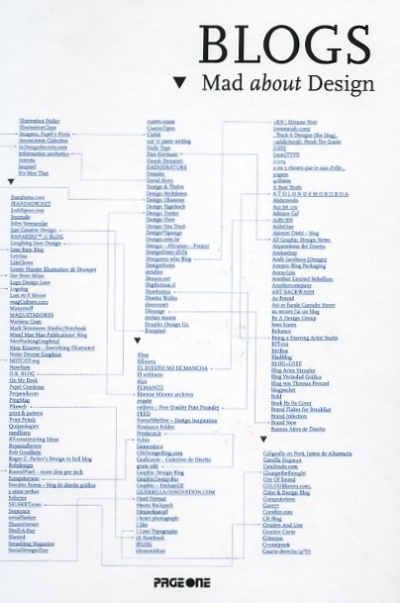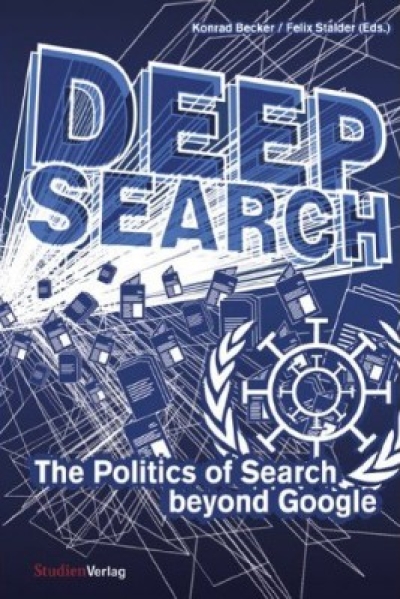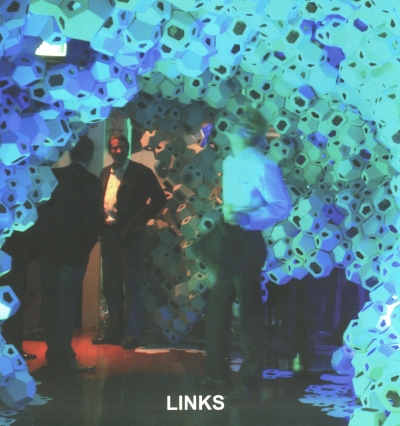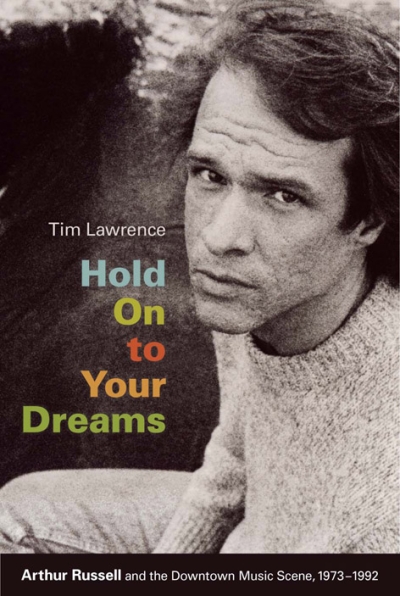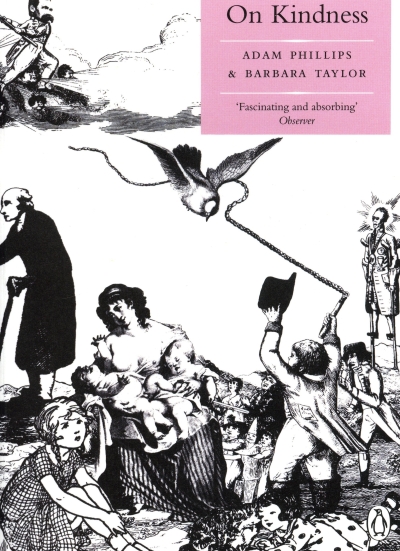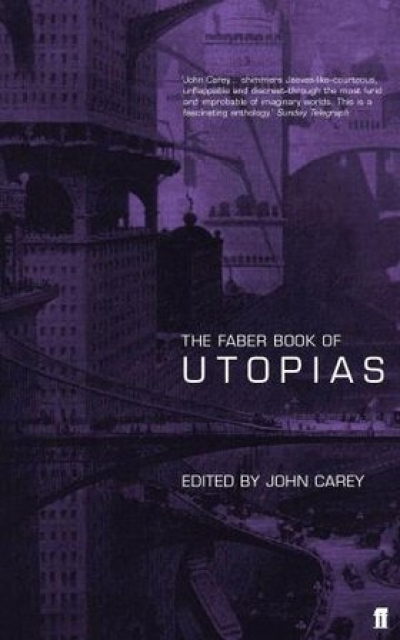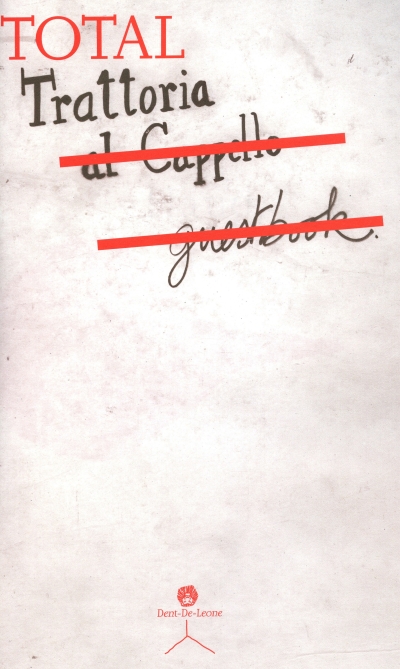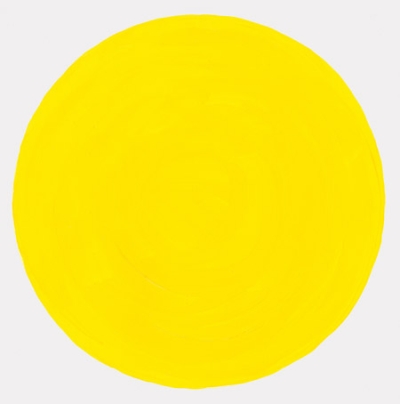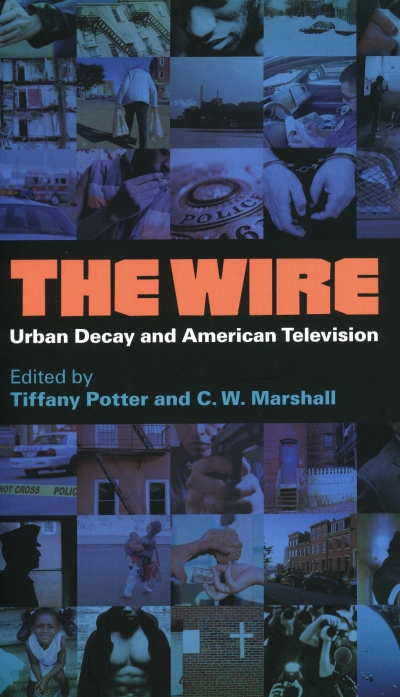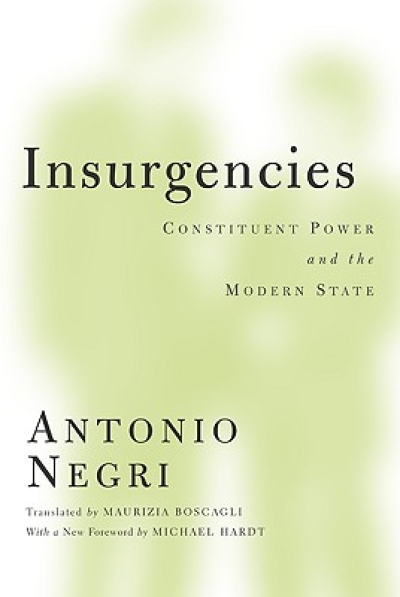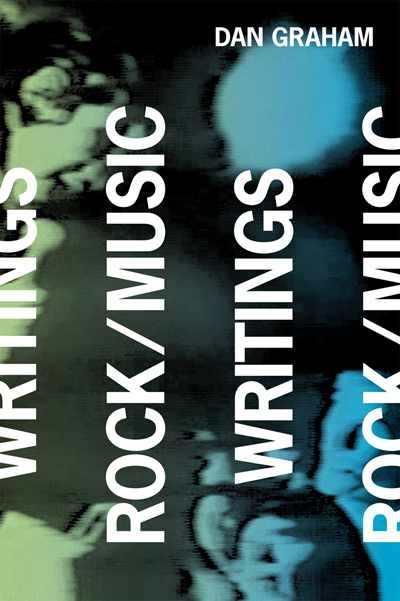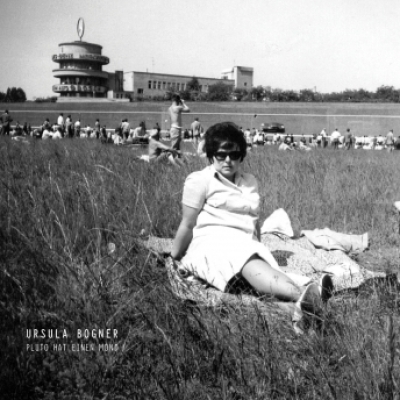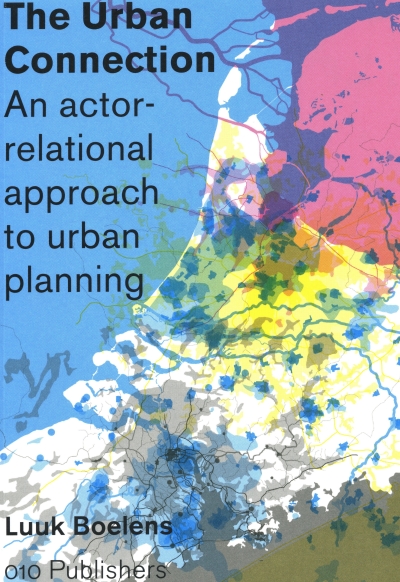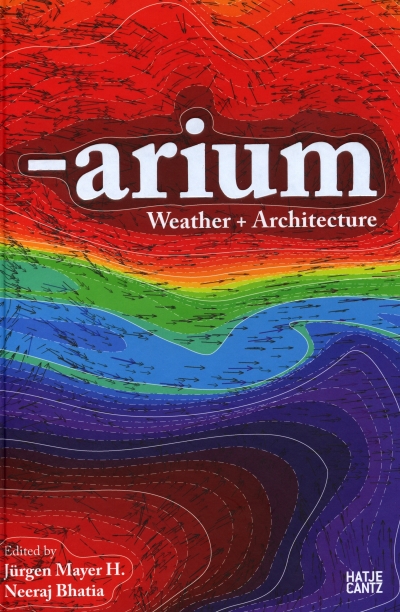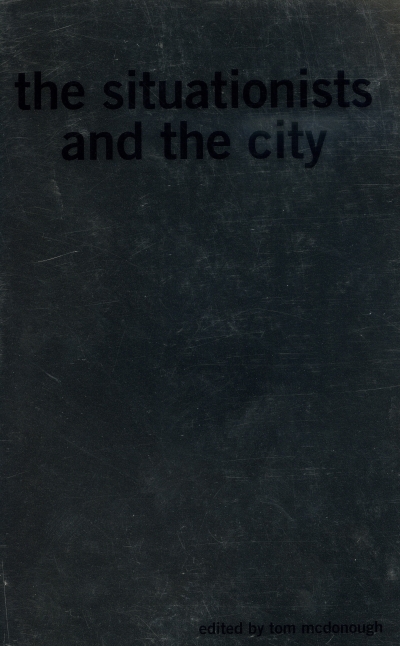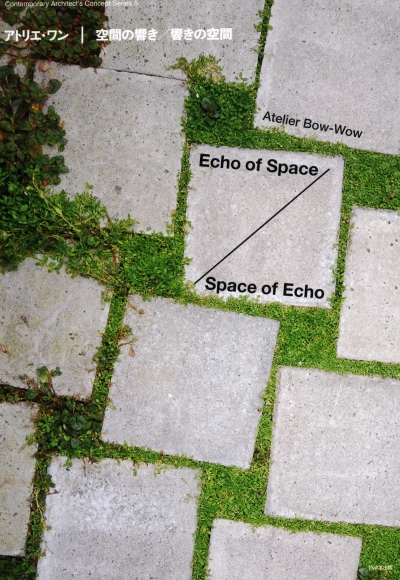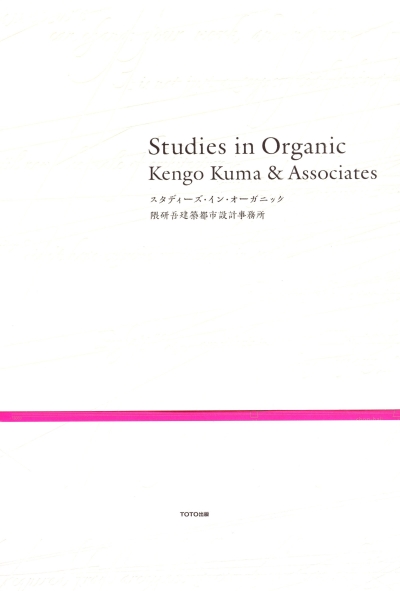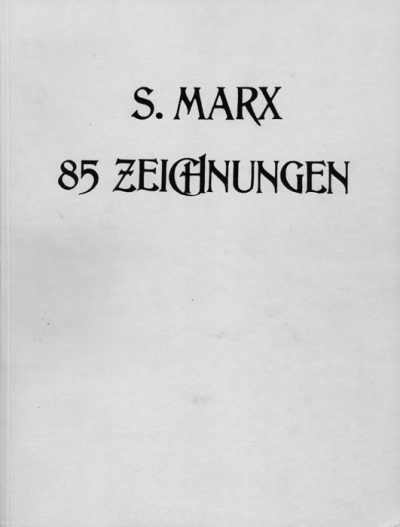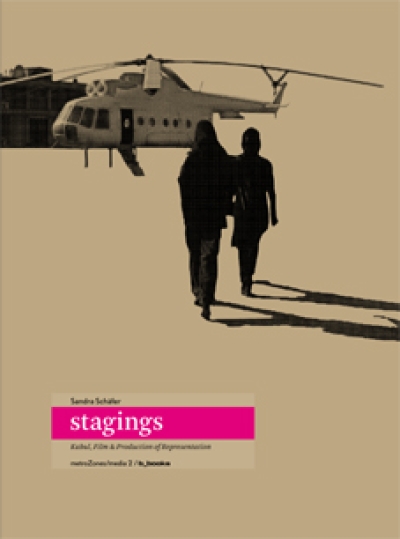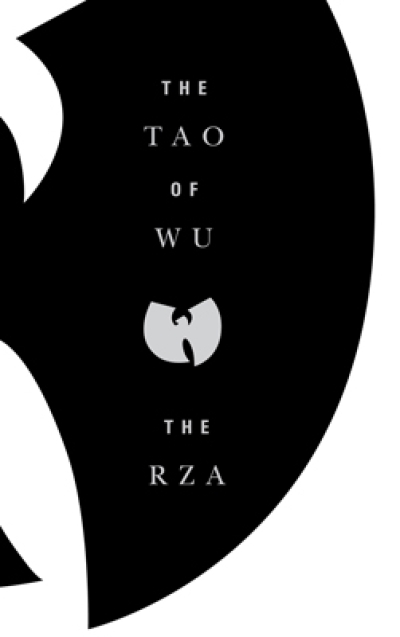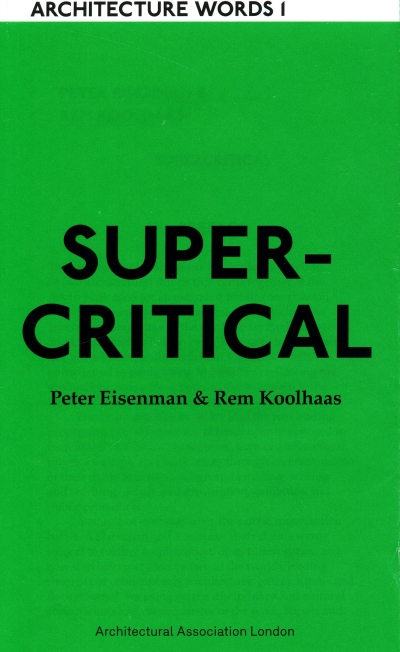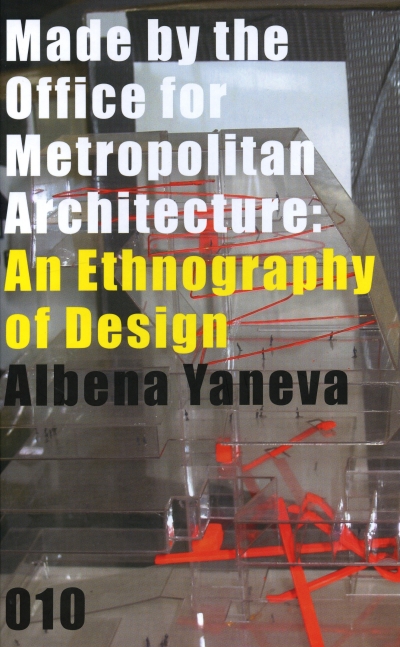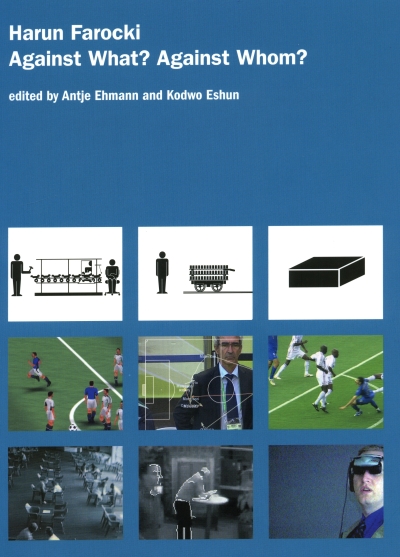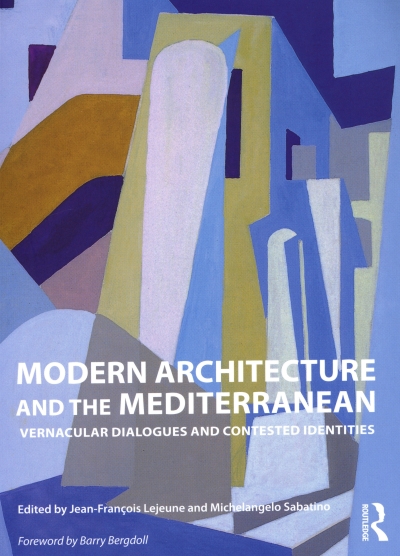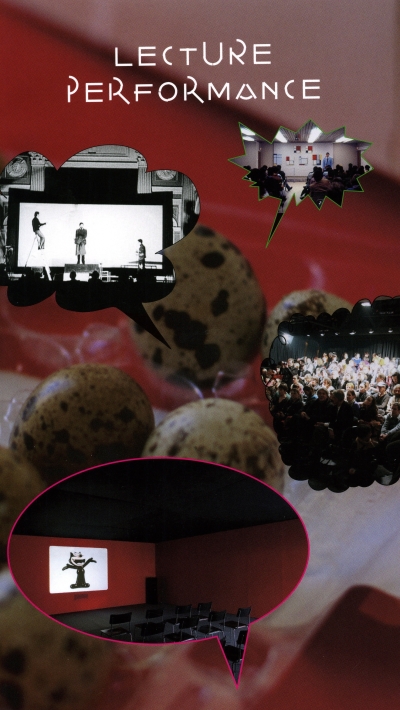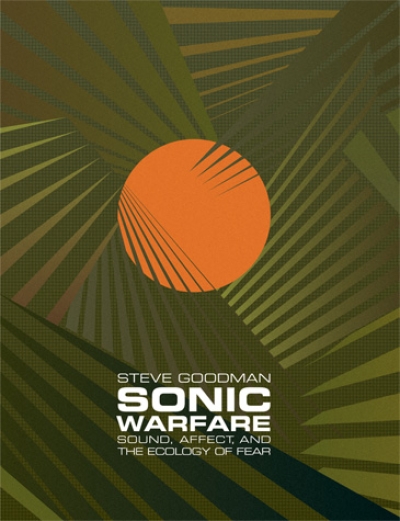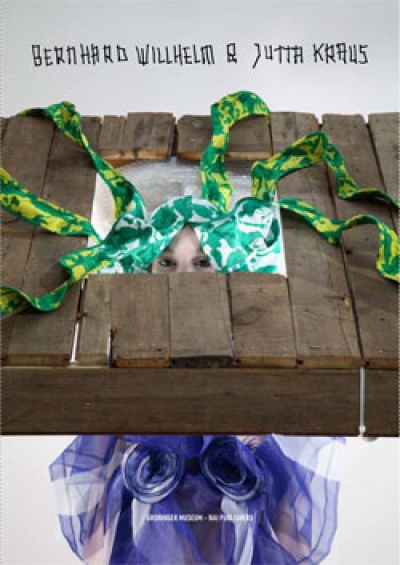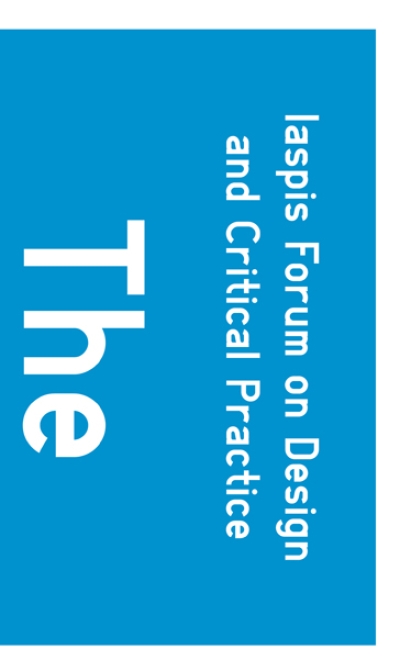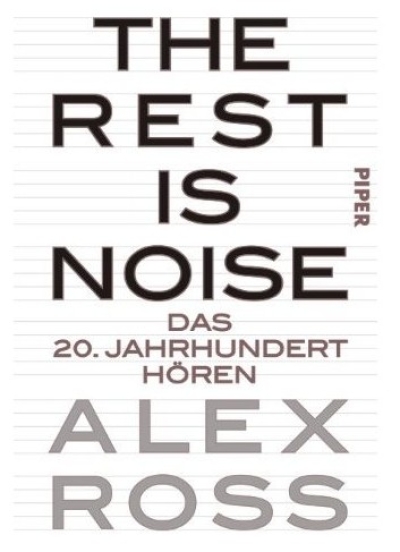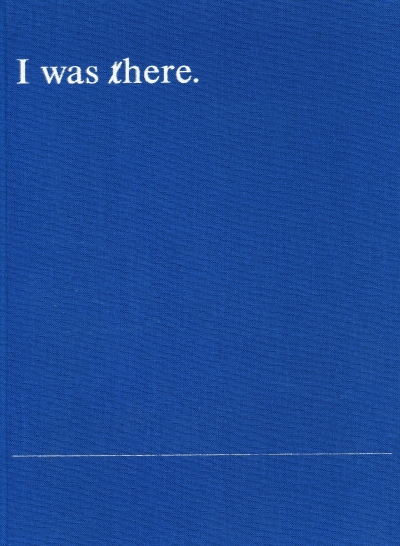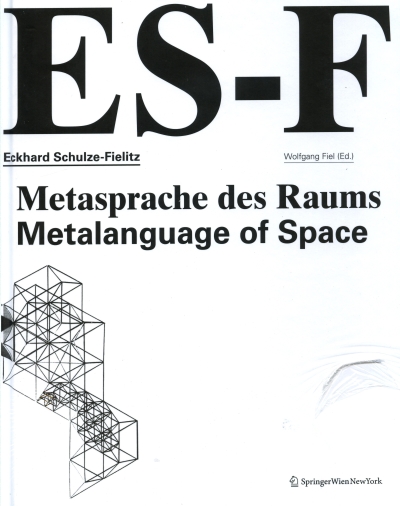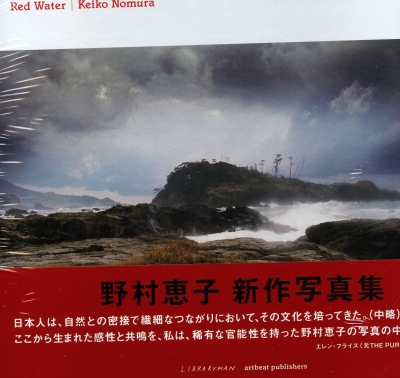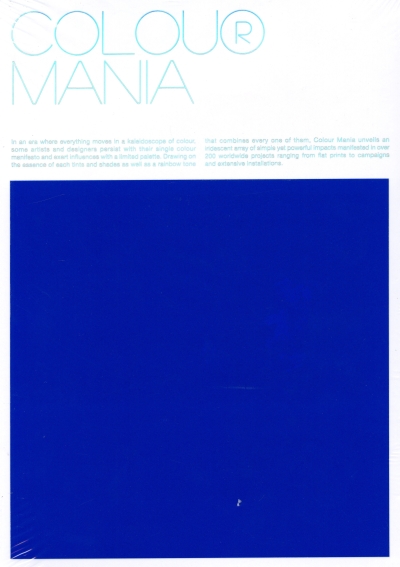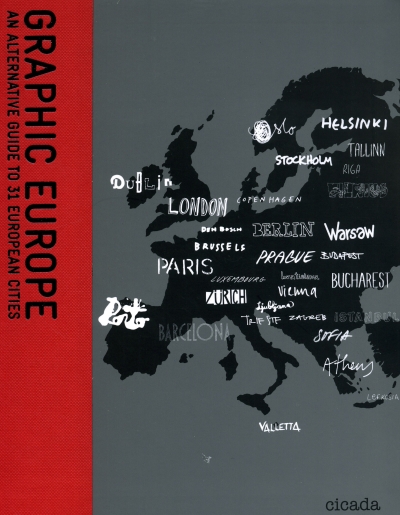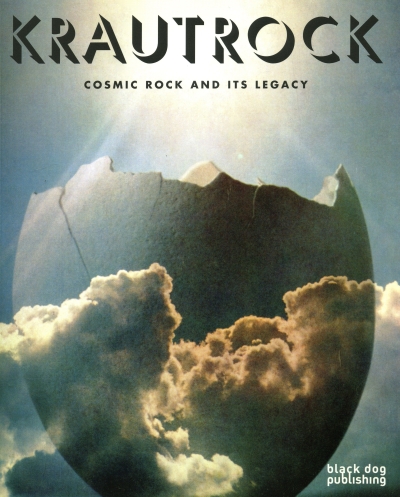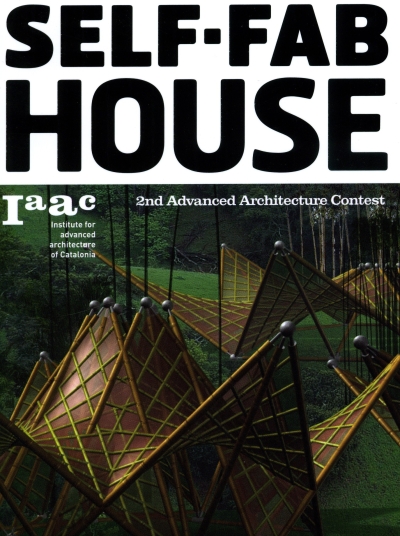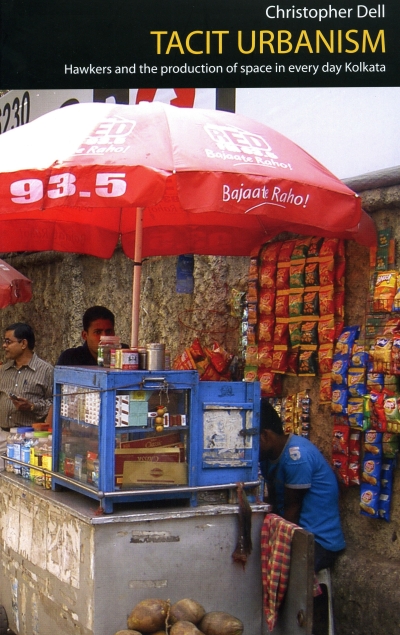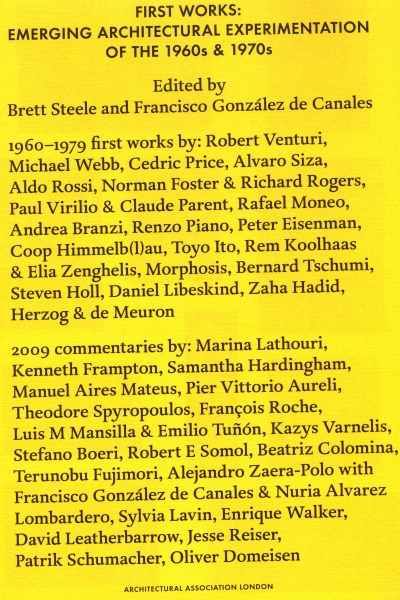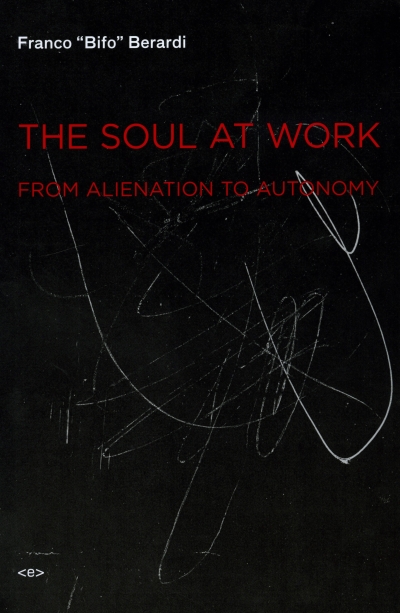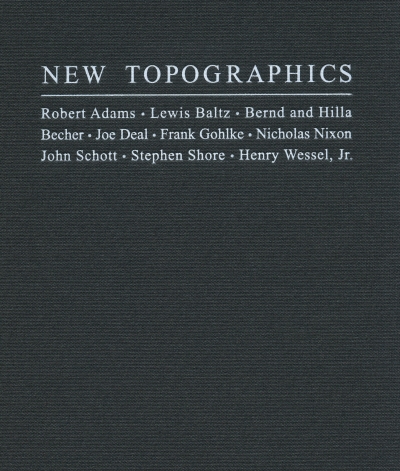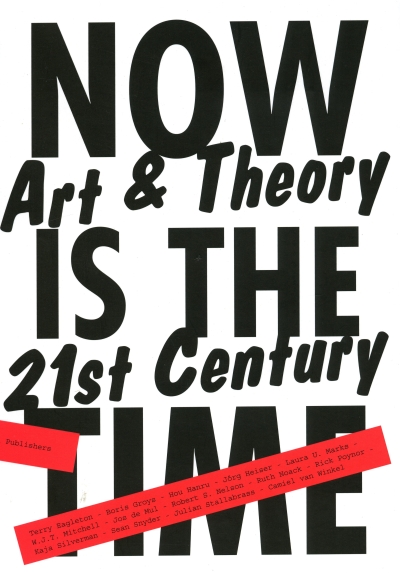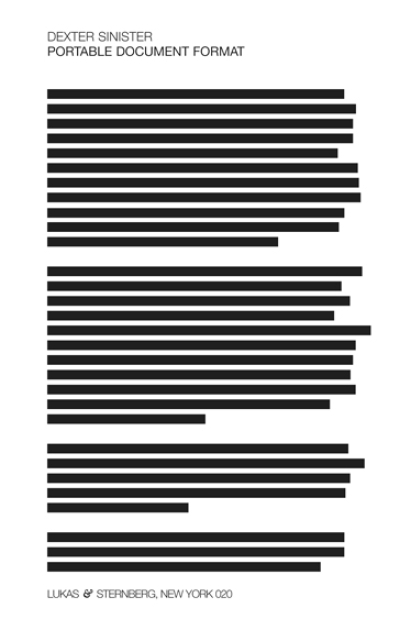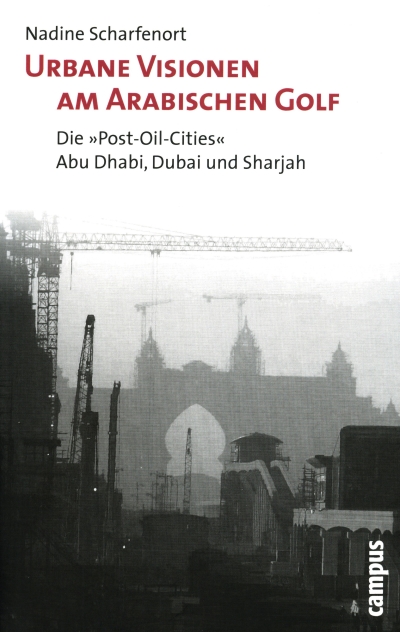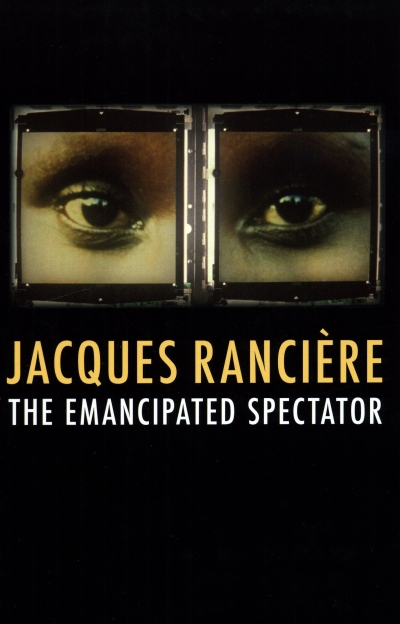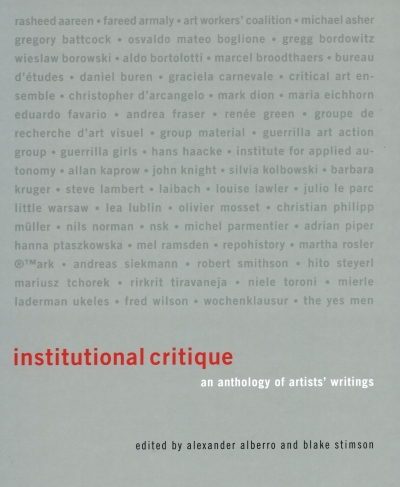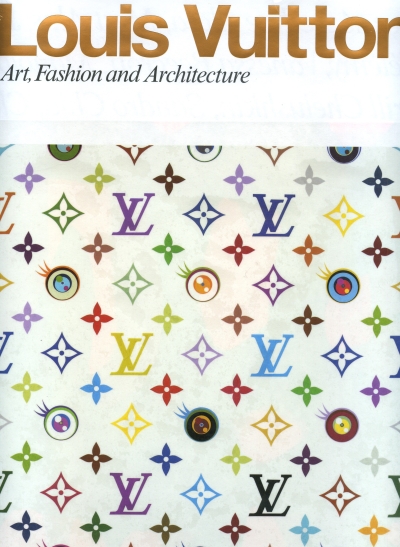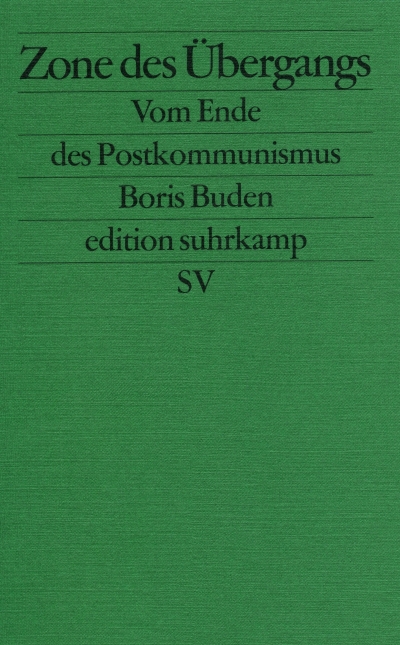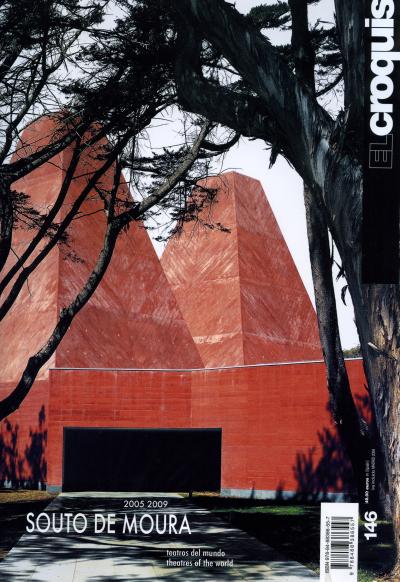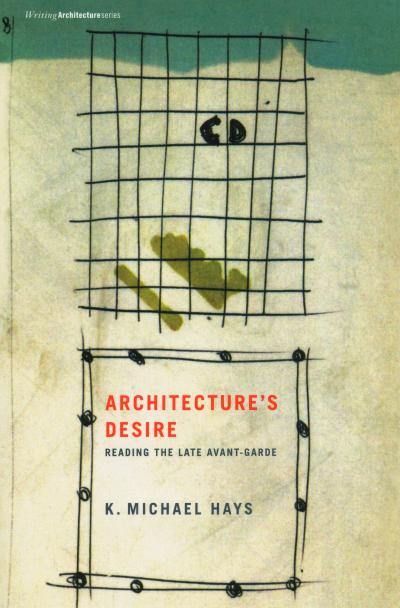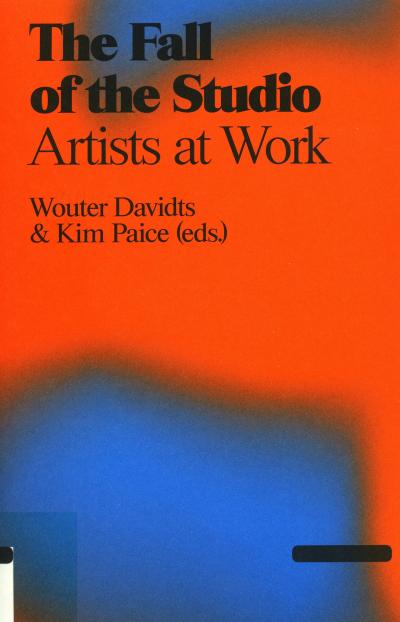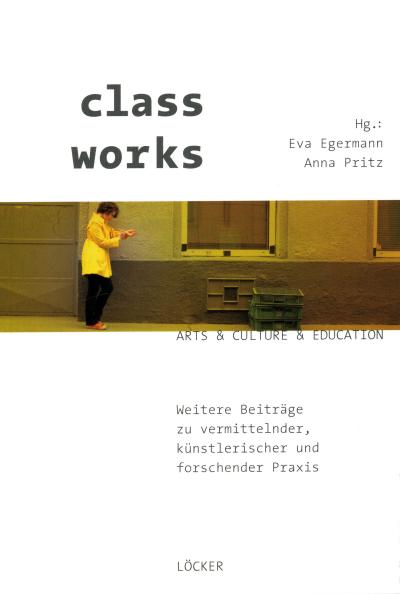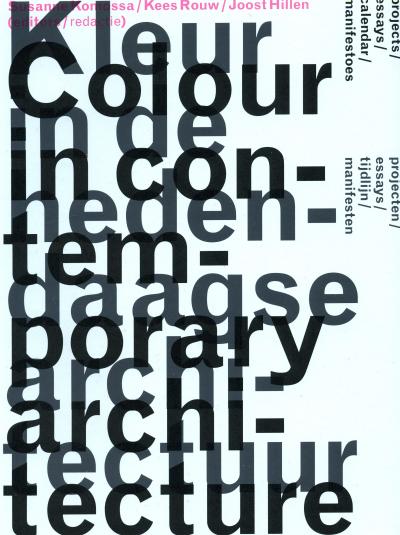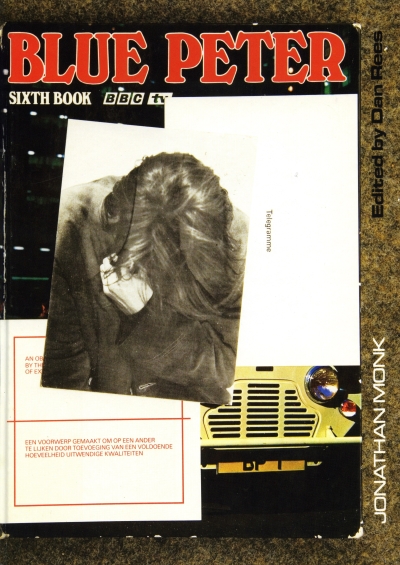
Radical City 01
The city is where Italian radical architecture represented and experimented its theories. Having developed a first survey entitled “Dopo la rivoluzione. Azioni e protagonisti dell’architettura radicale italiana” [“After the revolution. Actions and protagonists of Italian radical architecture”] where I let those protagonists take the stand, for this new issue of archphoto2.0 I decided to approach the issue of the radical city. Or the place the radicals chose for their theoretical and practical experimentations. This change of point of view provides a new reading of radical architecture as it embraces the entire movement and avoids an excessive focus on individual fragments, which I think would diminish the radicals’ theoretical power.
The goal is writing a new, as never written before, page of architectural history by using the ‘60s political and cultural context as a departure point. The student protests for a better education in universities, sit-ins, strikes, the revolutionary wave from Berkeley, the People Park, the birth of pop art in England, the crisis of architecture after the end of the modern movement, the destructuring of language, the disciplinary cross-over of art, architecture, music, and theatre contributed to the cultural background that generated the radical adventure. An adventure that took shape between Florence, Turin and Milan and created connections with other movements of the new architectural avant-garde in Austria (Pichler, Haus Rucker, Coop Himmelblau, Hollein) and the UK (Archigram, Cedric Price).
Florence was one of movement’s main hubs as the city of the two Leonardos – Ricci and Savioli who, along with Eco and Konig, promoted the development of radical theories. In Turin a key role was played by Pietro Derossi with his Arte Povera connections, while the Milan scene was dominated by Ugo La Pietra, Sandro Mendini, Ettore Sottsass and Fernanda Pivano.
While the early projects remained theoretical proposals, some, including Archizoom, Superstudio, Strum, established an ambiguous relationship with design that, in time, became more and more important after the international exhibition “Italy: the new domestic landscape” curated by Ambasz at the MoMa in 1972; the only exception was Zziggurat, the last radical group. Others like UFO, Gianni Pettena, Ugo La Pietra and 9999 chose the “piazza” (public space) for their theoretical/practical experimentation as the adequate venue for installations and performances that used the same language as that of artists. But the “piazza” was even more the place for a direct connection with the students and their protests against the academy and the ruling system – that influenced the development of UFO, the group led by Lapo Binazzi who, between inflatable objects and performances, admirably interpreted the relationship between semiology and architecture. Public space became the venue for an exchange between artists and radicals – for example with Campo Urbano (curated by Luciano Caramel in Como in 1969), the meeting place of La Pietra, Pettena+Chiari and Paolini; or with the dialogue between Robert Smithson and Gianni Pettena. There is, however, one place in particular that an architect in the ‘60s saw as uniquely capable of expressing the concept of modernity: the disco club. Every radical architect designed one. In Florence, Superstudio designed Mach2, while 9999 created and managed Space Electronic, the most famous club, where the group organized concerts by emerging British bands, happenings and experimental theatre performances. UFO’s Bamba Issa disco club in Forte dei Marmi and the Sherwood restaurant in Florence, La Pietra’s Altre Cose boutique with its Bang Bang disco club in Milan. The Piper disco club designed and managed by Pietro Derossi in Turin became an Arte Povera meeting place. This new scene so keen on entertainment was promoted by Leonardo Savioli who, inspired by his assistants such as Adolfo Natalini, proposed the disco club as a design type in his furniture and interior design course at the School of Architecture in Florence; of course, the designers of the Piper in Rome had also been his students. Another important aspect of this age was the flourishing of independent publications: from Archigram’s fanzines to La Pietra’s In and In più, up to 9999’s furry catalogue for an event at Space Electronic with Superstudio. The new wave of experimentation was championed by magazines such as AD and Casabella with Sandro Mendini emerging with his revolutionary approach to cover design and focus on images as crucial expressive devices.
Inspired by the historical avant-gardes – dada, futurism and expressionism, radical architecture played a crucial role in architecture history seldom if ever mentioned in official histories of architecture and today represents a treasure still be to be unveiled and researched. This issue of archphoto2.0 tries to rewrite history by providing a new point of view as the possible source of new achievable utopias.
www.archphoto.it
